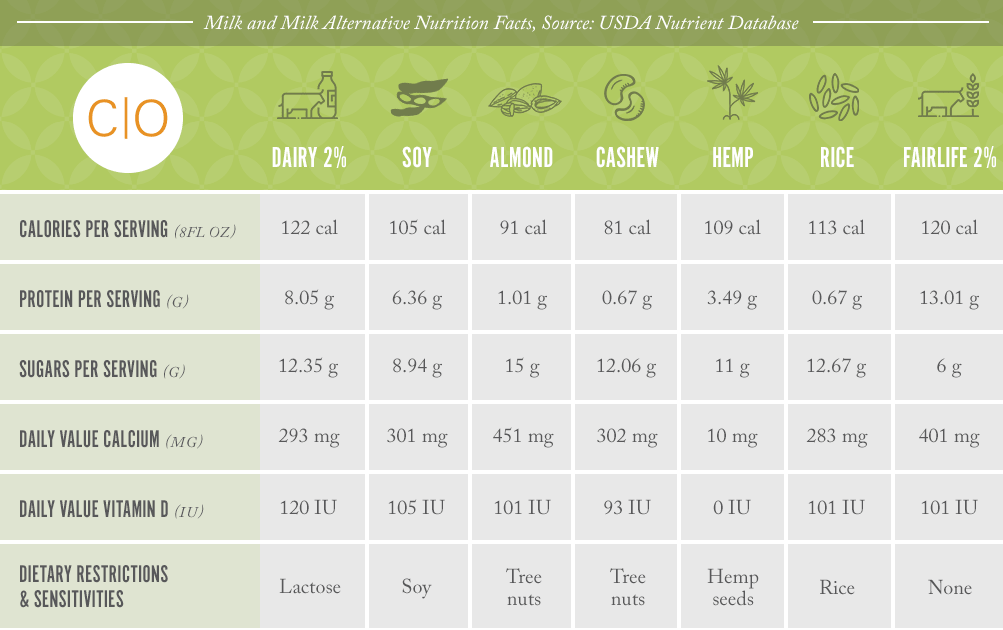Mention the word milk in the same sentence as soy, almond, or hemp anywhere near someone in the dairy industry, and you’re likely to hear a comment about ‘nut juice’ or fake milk. You’ll get vigorous debate from the opposing side as well usually including some legal definitions and rationale. It’s even led to some members of congress formally raising concern over this labeling issue and asking the Food and Drug Administration to review the issue and take action.
Look back to the 1970s for the source of the current controversy. Soy milk, the first popular milk alternative, solved a lactose-intolerance problem. Soy milk paved the way for other milk alternatives, using everything from cashews to hemp.
Plant-based alternatives provide consumers with options, while other consumers prefer them for other reasons. But how do you “milk” a bean or a nut? The short answer is you don’t. Instead, you soak, blend and strain. After soaking the source in water and blending until nutrients are released into the water, the blended mixture is strained to remove any remaining pulp. Soak. Blend. Strain.
Another option that has become more widely available is ultra-filtered milk. Dairy milk’s molecules of water, fat, minerals and lactose are separated by filters and then recombined in different ratios, resulting in a product with higher protein or no lactose, for example.
With the overwhelming number of options when you walk down what has traditionally been known as the dairy aisle, consumers are wondering: How do they all compare?

View larger version of chart here.
- Dairy Milk 2%: https://ndb.nal.usda.gov/ndb/foods/show/72
- Soy milk: https://ndb.nal.usda.gov/ndb/foods/show/4875
- Almond milk: https://ndb.nal.usda.gov/ndb/foods/show/4132
- Cashew milk: https://ndb.nal.usda.gov/ndb/foods/show/95339
- Hemp milk: https://ndb.nal.usda.gov/ndb/foods/show/150487
- Rice milk: https://ndb.nal.usda.gov/ndb/foods/show/4472
- Fairlife: https://fairlife.com/our-products/2-percent-milk/
The battle over the definition and labeling of milk is just one of many issues facing the food system. Dairy is in the spotlight now, but this is only part of a larger issue reshaping food as we have known it.
Interested in how Charleston|Orwig monitors trends like these and counsels on best practices? Contact Mark Gale at mgale@co-nxt.com or call 262.563.5129.
C.O.nxt Insight.
Our team of subject matter experts focuses on food and agriculture—farm field to processing to entrée on a plate. We can help you build a new brand, protect an old one or target customers to foster sales. Let’s talk when the time is right to handle your next strategic marketing and communications challenge: Marcy Tessmann, marcy@co-nxt.com.
SHARE THIS STORY
No cap: How Gen Z says they feel about agriculture
Studies uncover how Gen Z really feels about the agriculture industry.
